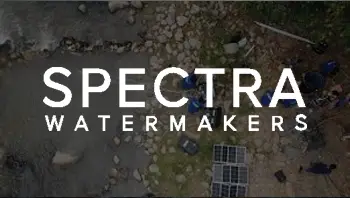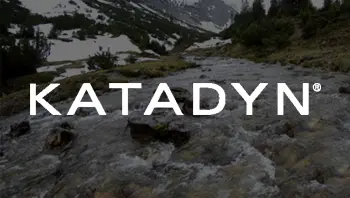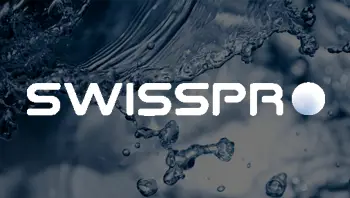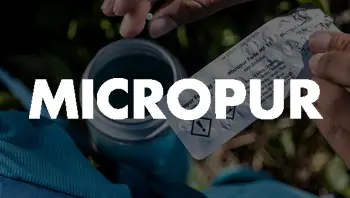Cloud seeding is a weather modification technique that aims to enhance rainfall in areas experiencing drought or water scarcity. It involves dispersing materials such as natural components, salt, or dry ice into clouds to encourage the formation of rain or snow. This has been around for over 70 years and has been used in various countries worldwide, including the United States, China, Russia, and Australia. In this article, we will discuss the potential benefits and risks of cloud seeding.
Tiny droplets of water or ice crystals forming into clouds as atmospheric water vapor cools and condenses around a microscopic dust or salt particle floating in the atmosphere. Raindrops or snowflakes are unable to develop and precipitation will not happen without these substances, often known as condensation or ice nuclei.
How Cloud Seeding Works
How Enhancing Precipitation in Clouds Works
Enhancing precipitation in clouds can be done as aircraft or ground-based generators both may seed clouds. The majority of the ground-based generators used in the DRI Cloud Seeding Research Program are manufactured and designed by DRI and are remotely controllable. DRI also uses a subcontracted seeding aircraft to perform precipitation enhancement in the Carson & Walker River basins.
The majority of precipitation enhancement activities, including those carried out by DRI, make use of a substance called silver iodide (AgI) to help ice crystals develop. Low amounts of silver iodide occur naturally in the environment and are not known to be harmful to people or animals.
A solution of water containing a small amount of silver iodine is burned from ground-based generators or discharged from aircraft when storm systems pass through one of our precipitation enhancement project zones. The silver iodide works as an ice-forming nucleus as it enters the cloud, assisting in the formation of snowflakes.
When hurricanes are actively moving across our project areas during the winter months of November to May, DRI typically operates its precipitation enhancement operation. Precipitation enhancement is not possible during dry winters when hurricanes are absent for extended periods of time because precipitation enhancement needs the presence of clouds that are moist.
Meteorologists who work for DRI keep an eye on the weather all season long to determine the best times to enhance precipitation in clouds. When more precipitation might pose a risk for flooding or during peak holiday travel seasons, precipitation enhancement does not take place.
Benefits
Increased precipitation
This has the potential to boost precipitation in areas that are facing drought or a lack of water, which is its main advantage. Clouds that include cloud condensation nuclei can produce larger, heavier droplets, increasing the amount of precipitation or snowfall. This can be especially advantageous for agriculture because it can increase crop yields and supply crucial irrigation water.
Mitigating the impacts of climate change
This may become a crucial technique for reducing the consequences of drought as well as other weather-related calamities as the effects of climate change grow more severe. Cloud seeding can assist replace depleted water supplies, lower the risk of wildfires, and other natural calamities by increasing precipitation.
Boosting hydropower generation
By giving hydroelectric dams additional water, cloud seeding can also boost hydropower production. It can assist in ensuring a consistent supply of electricity even during dry spells in regions where hydropower is a key source of electricity.
Drawbacks
Environmental impacts
This may have advantages, but it also has significant drawbacks for the environment. If the chemicals utilized are harmful or persistent in the environment, dispersing them into the atmosphere might potentially harm wildlife and ecosystems. Cloud seeding can also change a region’s normal precipitation patterns, which could have unforeseen repercussions like flooding.
Cost and effectiveness
The cost and effectiveness of cloud seeding are not always certain. Determining the ideal circumstances for This can be difficult, and success rates might change based on weather patterns along with other variables. This may therefore only offer transient respite and fail to address the fundamental causes of drought / water constraint.
Ethical concerns
This, like any other human activity, can raise ethical concerns, particularly related to its potential environmental and societal impacts. Cloud seeding raises ethical questions, especially considering the potential effects it may have on nearby communities or regions.
In conclusion, cloud seeding increase the amount of rainfall and precipitations in target areas. Increased rainfall from This can also contribute to overall water availability, which can be important for a number of purposes, including agriculture, drinking water, and industrial use. In areas where water scarcity is a concern, This can help to increase the amount of water available for these various purposes.
Furthermore, increased precipitation can also help to dilute and flush pollutants from rivers, lakes, and other bodies of water, which can help to improve water quality for purification purposes. This is particularly important in areas where water sources are heavily polluted, and where access to clean, purified water is limited.
Overall, This supposedly presenting impact on urban filter water or purified water use as it contributes to the availability of water and the improvement of water quality, both of which can be important for the production of purified water.
How UNITED BLUERISE Can Help
We, at UNITED BLUERISE, aim to promote rewarding sustainable solutions where the health benefits of a “pure-living” truly meet in parallel with environment challenges of a “plastic-free” world.
As a global movement, we also strongly invite individuals and groups by choosing to reuse and saving millions of pieces of plastic from ending in nature, which is surely the principal to reduce plastic pollution and of course the climate change. In this pathway, we can together keep our environment and community a plastic-free for the future.
The goal for all of us is to stand up for an ideal and unite towards a better world by sharing facts, ideas and advice on how to live a more responsible life. Our consuming culture is polluting our planet. We need prompt lifestyle changes when it comes to single-use plastic. Our goal is ultimately to reduce plastic waste. Plastic is not only polluting our planet and impacting communities around us, but it’s also making its way into our bodies through the air we breathe, food we eat, and water we drink.
Article: QL-7130
Source: dri.edu







